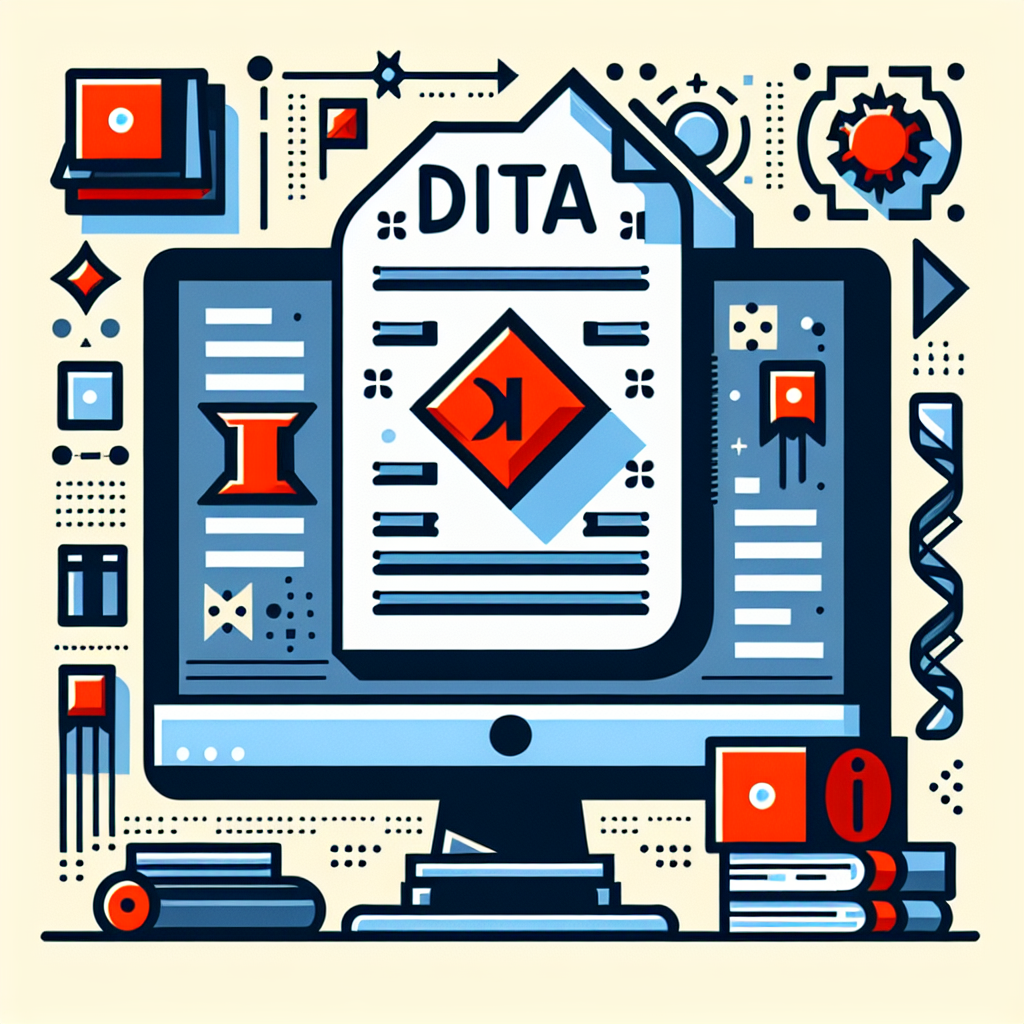In an era where efficient documentation is critical for organizations, understanding how to leverage the Darwin Information Typing Architecture (DITA) can significantly enhance productivity. DITA has established itself as a leading standard for content creation and management, particularly for large-scale documentation projects. Despite its advantages, many writers face challenges in fully utilizing DITA’s capabilities. This article presents essential strategies to streamline the documentation process while maintaining high-quality standards.
Maximizing Content Reusability
One of the standout features of DITA is its inherent support for content reusability. By creating reusable topics, writers can avoid the redundancy of rewriting similar content across multiple documents.
To implement this effectively, establish **topic repositories** that organize frequently used information, such as FAQs and procedures, into dedicated topics. This allows for easy access and reference. Additionally, utilize **keyrefs** to link these topics seamlessly, ensuring consistency throughout your documentation.
Organizing Documentation with DITA Maps
Effective mapping is crucial for structured documentation in DITA. By using maps effectively, writers can enhance navigation and manage documentation projects more efficiently.
Consider creating **modular maps** that break down extensive projects into smaller sections based on functional areas. This not only reduces clutter but also simplifies updates. Implementing **nested maps** can further enhance organization, allowing related topics to be grouped logically within a clear hierarchy.
Customizing Content with Specializations
DITA’s topic specialization feature enables writers to create tailored content types while preserving the overall benefits of the DITA ecosystem. By specializing existing topics, you can develop **custom elements** that extend existing DITA elements with attributes specific to your needs.
This approach allows for consistent documentation style while catering to unique requirements, especially when adapting to different **output formats** like HTML or PDF.
Enhancing Automation with DITA-OT
The DITA Open Toolkit (DITA-OT) offers tools to automate the publishing process, significantly boosting productivity. By utilizing various plugins available for DITA-OT, documentation teams can streamline their workflows.
Employ **automated build scripts** to minimize manual tasks, thereby reducing errors. Additionally, creating and managing **custom output profiles** simplifies the generation of various formats tailored to different audiences.
Implementing Conditional Processing
Conditional processing enables customization of content based on context, audience, or output format. This feature allows for tailored documentation management.
Using attributes such as **@outputclass** or **@cond**, writers can show or hide specific content, which is particularly useful for creating documentation for different products or versions. Moreover, DITA-OT’s filtering capabilities can be leveraged to generate targeted documentation efficiently.
Streamlining Collaboration with Version Control
Effective collaboration is vital in any documentation project, especially for teams. Utilizing version control systems like **Git** can facilitate this process.
Git provides a robust framework that allows multiple authors to work on documentation simultaneously, helping to avoid overwrites and maintain a comprehensive history of changes. Implementing a clear **branching strategy** further enhances collaboration, separating feature development, releases, and maintenance for improved workflow.
Upholding Quality with Best Practices
Incorporating DITA best practices can greatly enhance the consistency and quality of documentation. Establishing a glossary of common terms can help ensure uniformity across all documents.
Integrating a **peer review process** into the workflow encourages feedback, which is essential for catching errors and enhancing overall quality.
Utilizing DITA Content Management Systems
Adopting a DITA Content Management System (CMS) can provide additional features tailored specifically for DITA workflows.
Many DITA CMS platforms offer integrated authoring environments that simplify topic creation and editing. Features such as drag-and-drop functionality and real-time collaboration can significantly enhance the writing experience. Furthermore, a robust DITA CMS will manage versions and facilitate the easy publishing of multiple outputs, making it easier to track changes and updates.
By implementing these essential DITA strategies, writers can streamline their documentation processes, reduce repetitive tasks, and ultimately improve content quality. DITA, when utilized effectively, not only enhances documentation efficiency but also enriches the end-user experience. Whether you are an experienced DITA user or new to the platform, these strategies aim to make your documentation workflow more effective and enjoyable.
